Mining The Heavens: A Comprehensive Guide To Asteroid Mining

Introduction
With the increasing demand for resources on Earth, scientists and explorers have turned their attention to the vast potential of asteroids. These celestial bodies, rich in valuable minerals and metals, offer a unique opportunity for resource extraction that could revolutionize industries and fuel our future endeavors in space exploration. In this comprehensive guide, we will delve into the fascinating world of asteroid mining, exploring the methods, challenges, and potential benefits associated with this cutting-edge endeavor.
1. The Science Behind Asteroid Mining
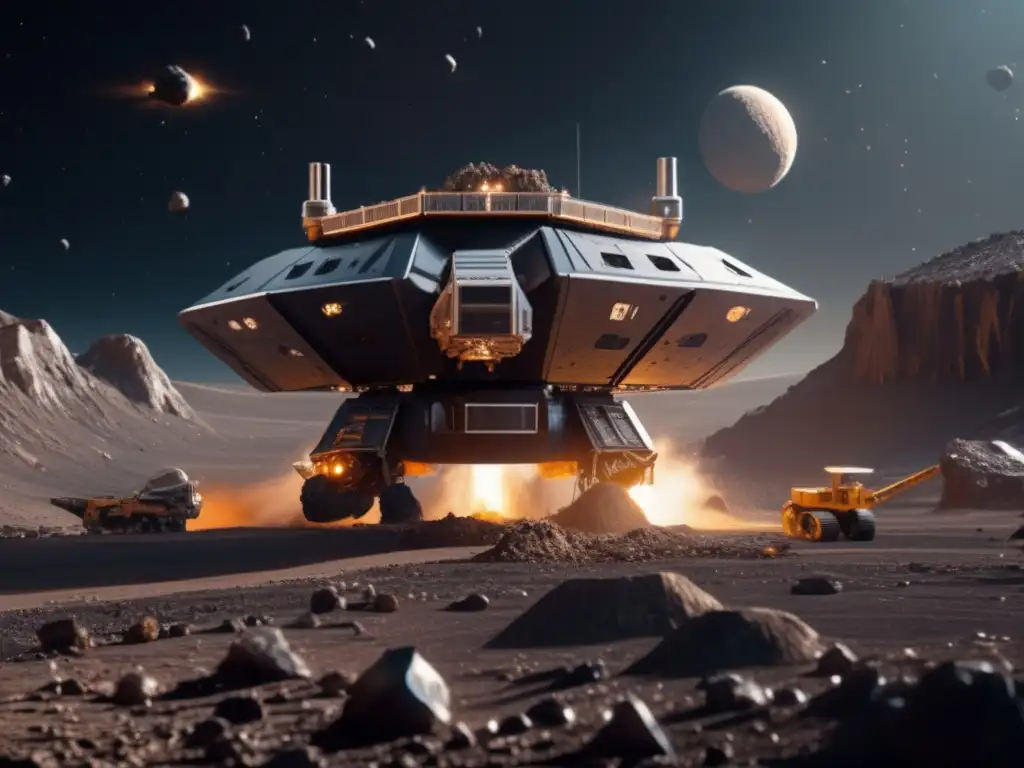
1.1. Types of Asteroids
Asteroids come in various shapes and sizes, ranging from small boulders to massive rocks. They can be classified into three main groups based on their compositions: carbonaceous (C-type), silicate (S-type), and metallic (M-type) asteroids. Each type presents different challenges and opportunities for mining operations.
1.2. Resources and Minerals
Asteroids are abundant in valuable resources such as water, precious metals like platinum and gold, rare earth elements, and even organic compounds. These resources could be utilized in space-based manufacturing, construction, and propulsion systems, serving as an essential stepping stone for future space explorations.
1.3. Prospecting and Surveying
Before embarking on mining missions, prospecting and surveying play a crucial role in identifying suitable asteroids for resource extraction. Advanced telescopes and robotic probes equipped with sensing technologies enable scientists to gather vital data about asteroid composition, size, and trajectory, helping to prioritize potential targets for mining operations.
2. Methods of Asteroid Mining
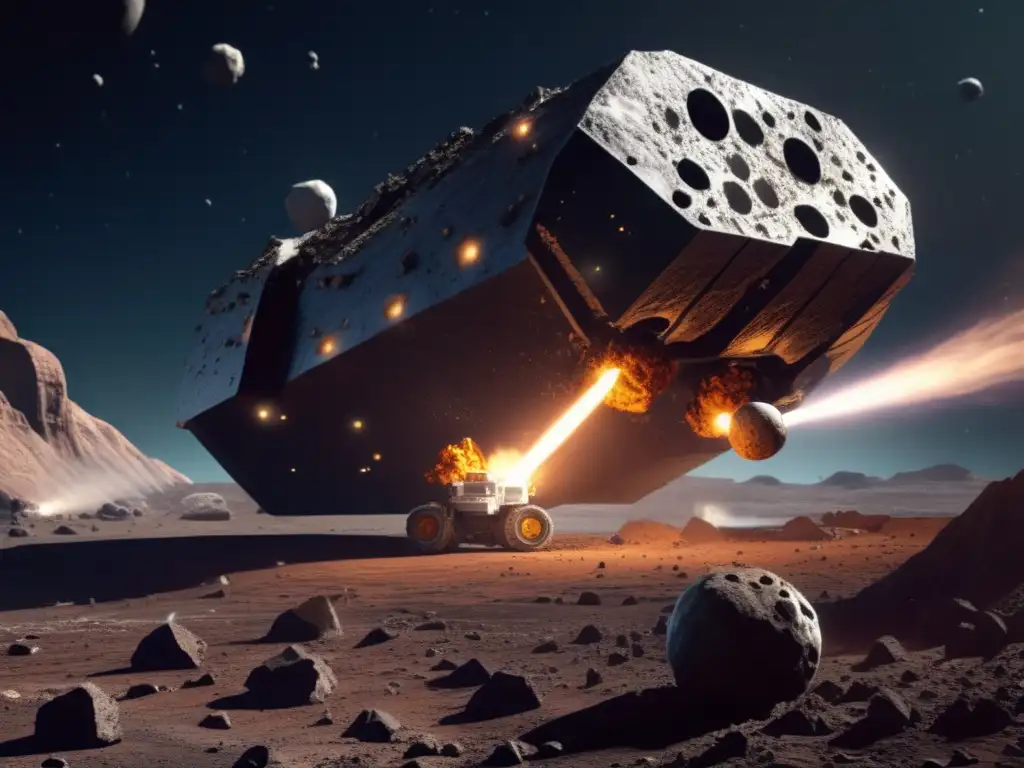
2.1. Surface Mining
Surface mining techniques involve landing robotic spacecraft on the surface of an asteroid and extracting resources using drills, excavators, or other mining equipment. This method is best suited for larger asteroids with low gravity, allowing for easier access to the surface minerals.
2.2. In-Situ Resource Utilization (ISRU)
ISRU involves processing and refining resources directly on the asteroid, eliminating the need for transportation back to Earth. Techniques such as heating, chemical reactions, and electrolysis can be used to extract and refine valuable materials, making them ready for use in space-based manufacturing or propulsion systems.
2.3. Spacecraft Capture and Retrieval
In some cases, it may be more feasible to capture an entire asteroid and bring it closer to Earth or a space station, where mining operations can be conducted more efficiently. This method involves the use of advanced robotic spacecraft and propulsion systems to capture and relocate asteroids of interest.
3. Challenges and Considerations

3.1. Technical Challenges
Mining asteroids presents various technical challenges, including maneuvering in zero gravity environments, mitigating the risks of unpredictable asteroid trajectories, managing power and operational systems in space, and developing efficient resource extraction technologies.
3.2. Legal and Ethical Considerations
As asteroid mining becomes a reality, legal and ethical debates surrounding property rights, environmental impact, and resource distribution arise. International agreements and frameworks are essential to ensure responsible and equitable practices in this emerging industry.
3.3. Economic Viability
Asteroid mining is a capital-intensive endeavor. Assessing the economic viability of mining operations, including factors such as resource value, extraction costs, and market demand, is crucial for attracting private investment and establishing a sustainable industry.
4. Frequently Asked Questions
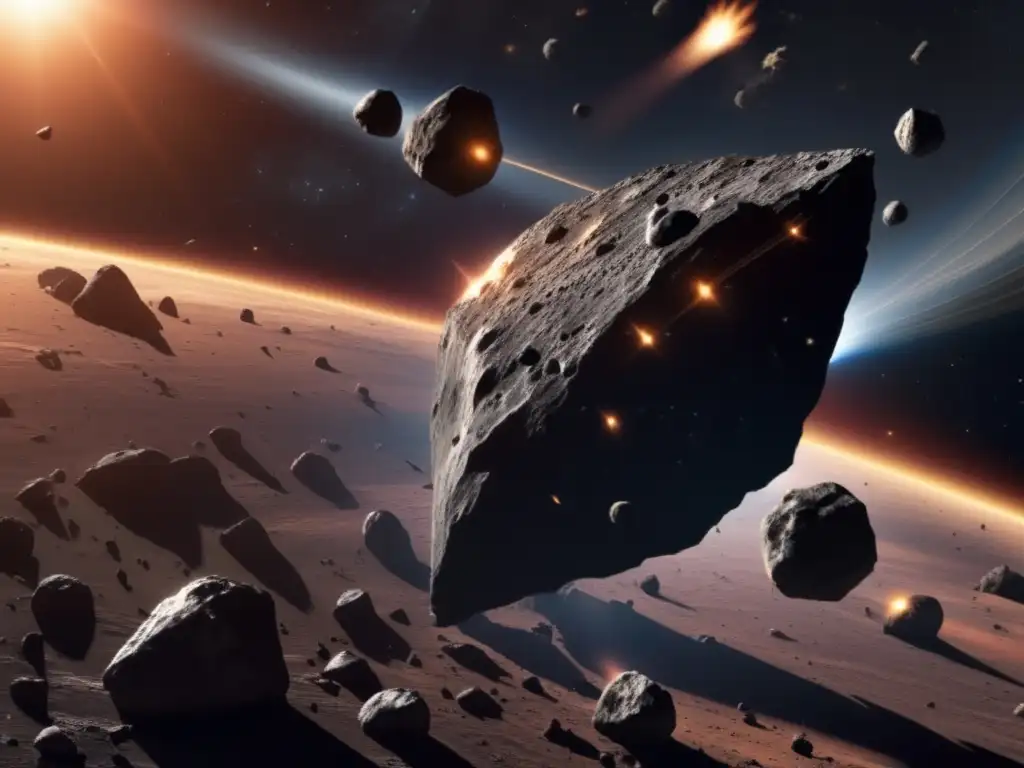
-
Q: How are asteroids classified?
A: Asteroids are classified into carbonaceous (C-type), silicate (S-type), and metallic (M-type) based on their composition.
-
Q: What resources can be found in asteroids?
A: Asteroids contain valuable resources such as water, precious metals, rare earth elements, and organic compounds.
-
Q: How do scientists prospect and survey asteroids?
A: Scientists use telescopes and robotic probes equipped with sensing technologies to gather data about asteroid composition, size, and trajectory.
-
Q: What are the main methods of asteroid mining?
A: Surface mining, in-situ resource utilization (ISRU), and spacecraft capture and retrieval are the primary methods of asteroid mining.
-
Q: What are some of the challenges in asteroid mining?
A: Technical challenges, legal and ethical considerations, and assessing economic viability are among the key challenges in asteroid mining.
Conclusion
Asteroid mining holds immense potential for unlocking the vast resources present in our solar system. By venturing into space and harnessing the resources found in asteroids, we have the opportunity to reshape industries, fuel our advancements in space exploration, and promote sustainability on Earth. As we continue to explore the heavens, let us embrace the challenges and opportunities that asteroid mining brings, forging a path towards a future where the vast riches of the cosmos become an integral part of our journey.
We invite you to share your thoughts and join the conversation in the comments section. Subscribe to www.asteroidrealm.com for more exciting updates and discoveries in the realm of asteroids. Together, let us explore the endless possibilities that lie within the vast reaches of space.
Additional Resources
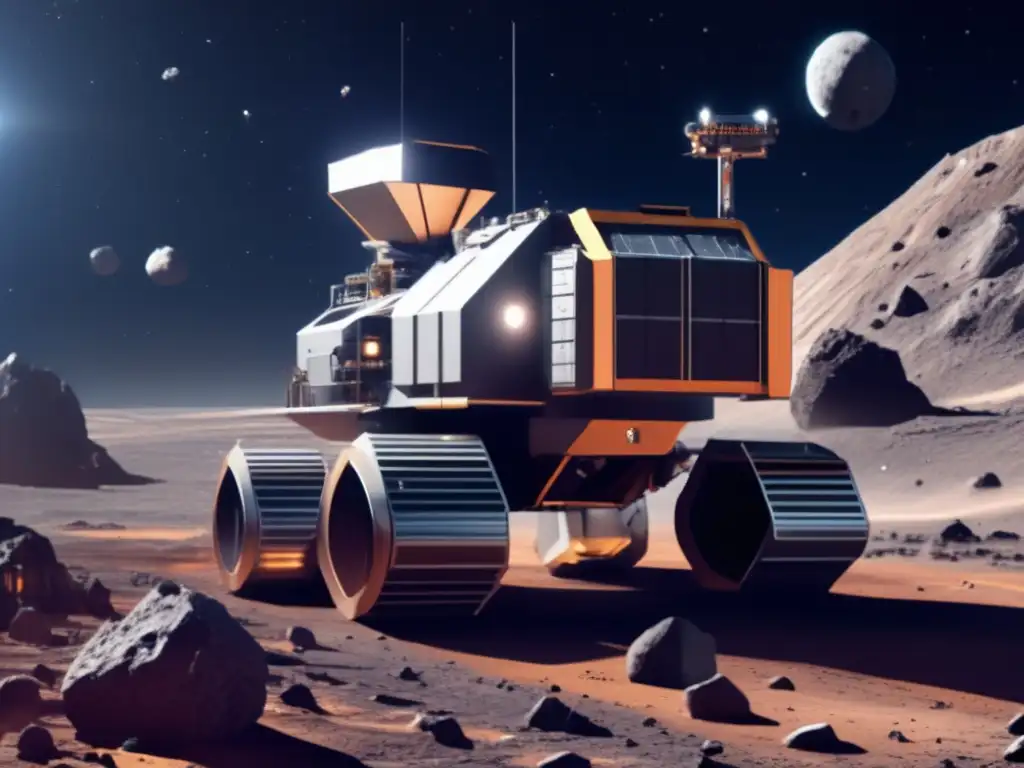
For further reading on asteroid mining and its implications, check out the following resources:
- 1. National Aeronautics and Space Administration (NASA) - Asteroid Redirect Mission. [Link]
- 2. Planetary Resources - Asteroid Mining Company. [Link]
- 3. The Space Review - "The Future of Asteroid Mining" by Dr. John Lewis. [Link]
- 4. Deep Space Industries - Asteroid Mining and In-Situ Resource Utilization. [Link]
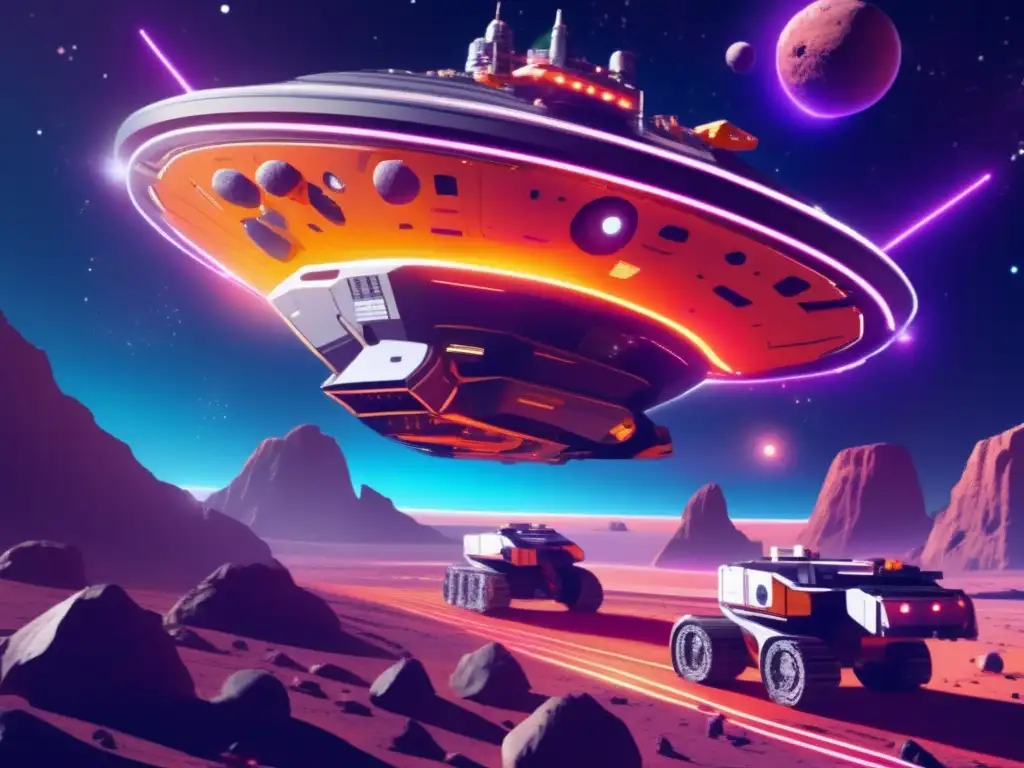 Mining The Heavens: Space Law And Asteroid Mining
Mining The Heavens: Space Law And Asteroid Mining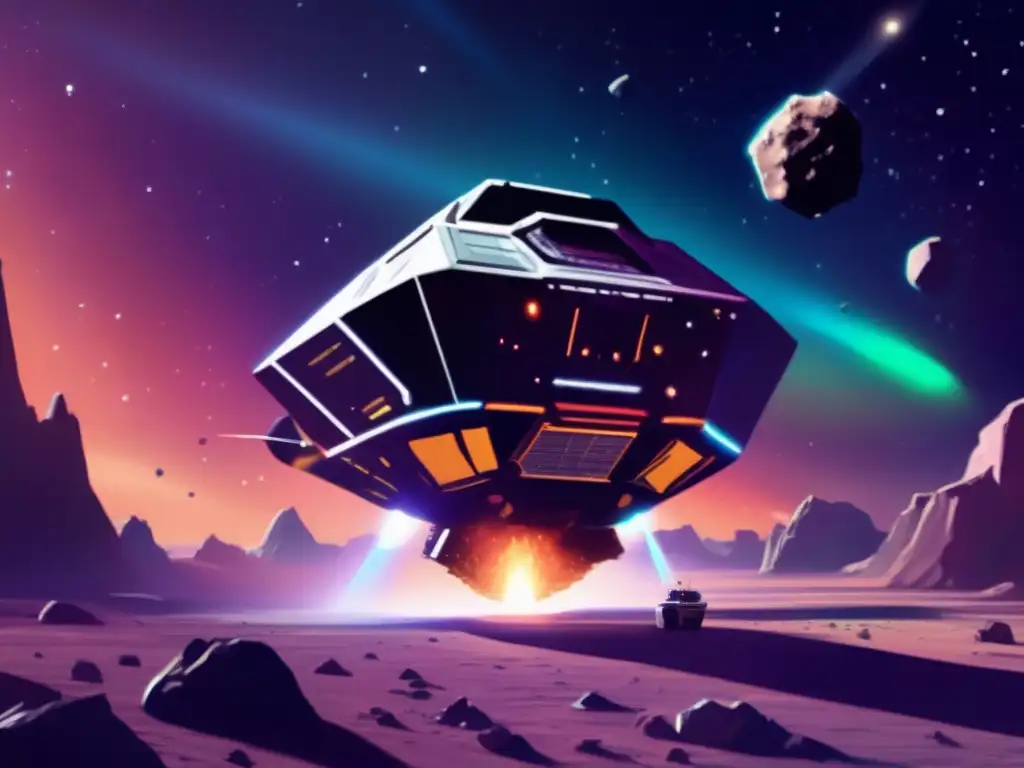 Orbiting The Gold Mine: The Logistics Of Asteroid Mining
Orbiting The Gold Mine: The Logistics Of Asteroid Mining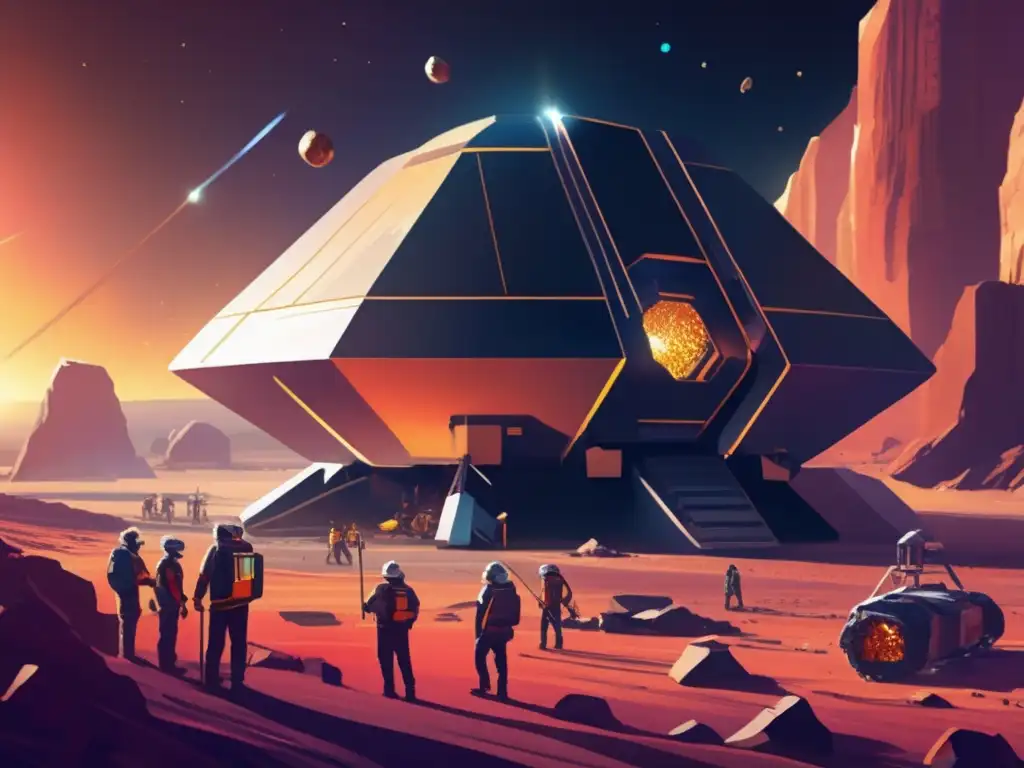 Pioneers Of Asteroid Mining: Key Figures And Their Contributions
Pioneers Of Asteroid Mining: Key Figures And Their ContributionsIf you want to discover more articles similar to Mining The Heavens: A Comprehensive Guide To Asteroid Mining, you can visit the Asteroid Mining and Resources category.
Leave a Reply

Articulos relacionados: